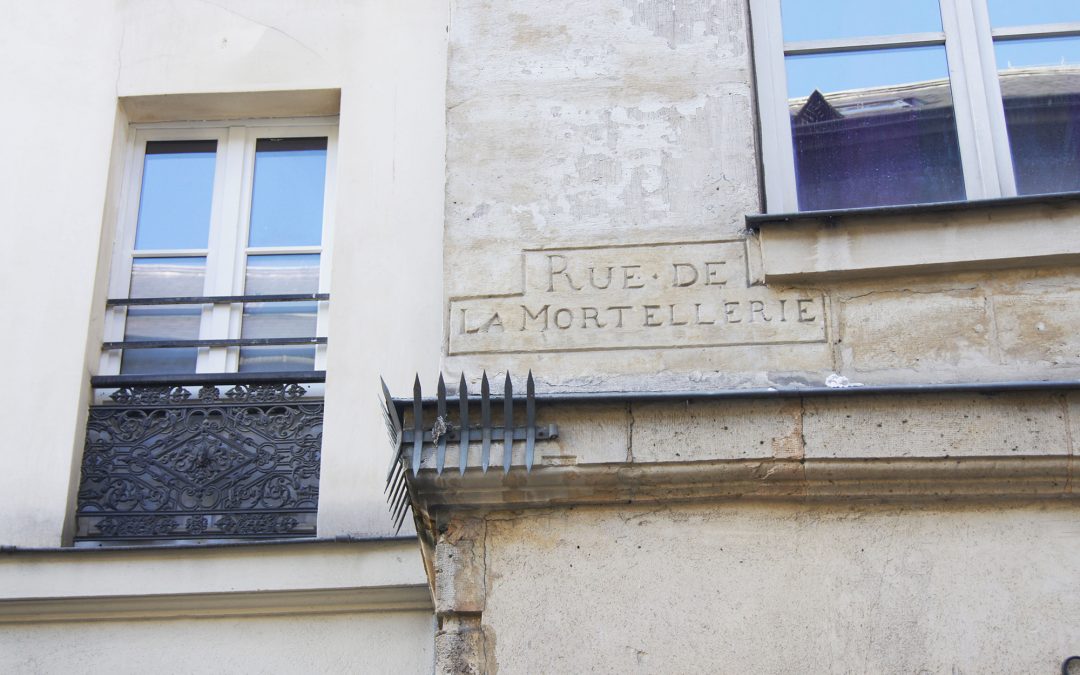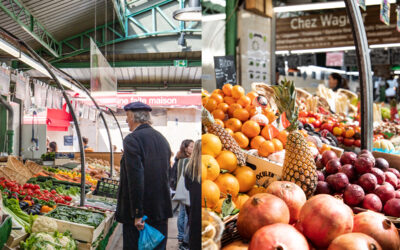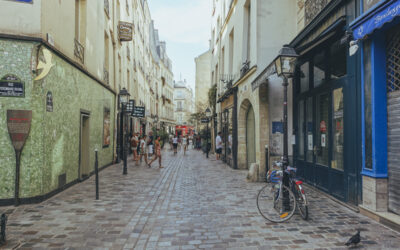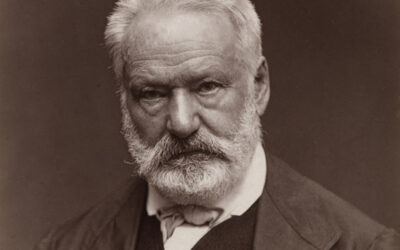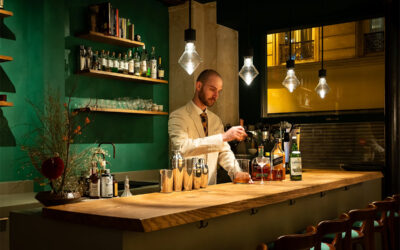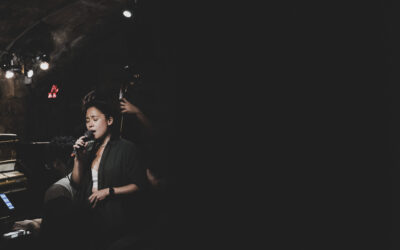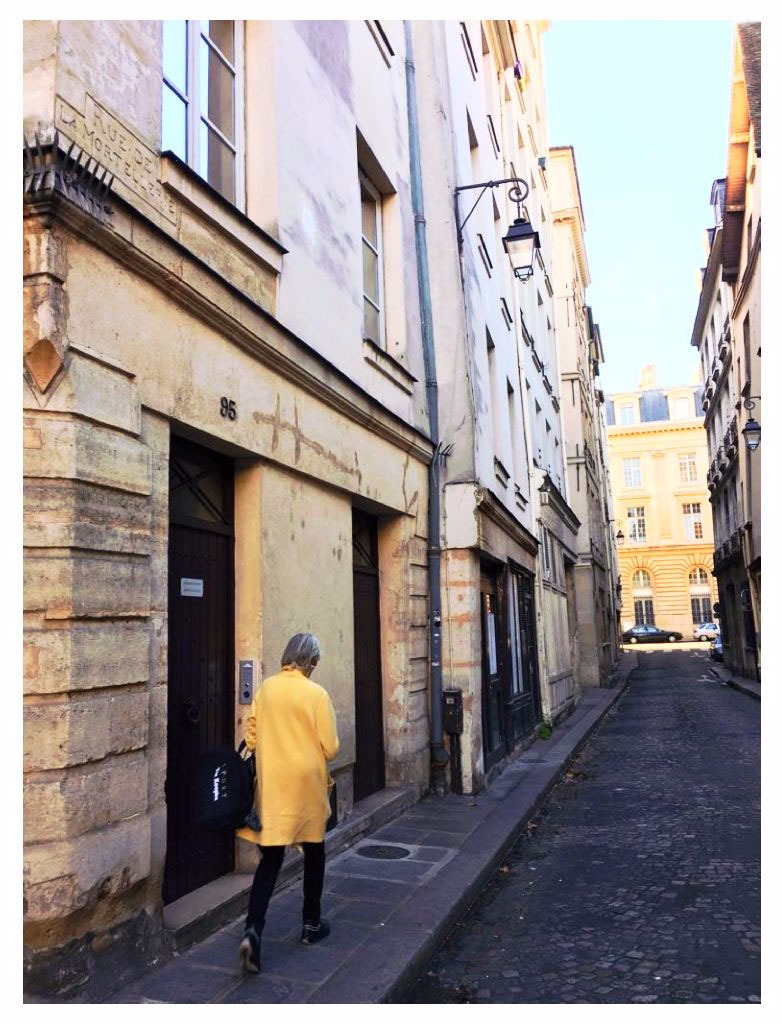
Until the 4th century, rue de l'Hôtel-de-Ville, in XNUMXe district, is called rue de la Mortellerie. At the time, this name evoked the Parisian masons, called mortiers. They settled there to reduce the hard stone to dust, to make cement. The proximity of the Seine favors their installation in this specific location, because their activity requires a large consumption of water.
But during the year 1832, a terrible cholera epidemic, due to contaminated water from the Seine, spread in the capital. It causes the death of more than 19.000 people in a few months. Rue de la Mortellerie is the most affected in Paris. Nearly 304 inhabitants out of 4.688 residents died of the disease.
Superstitious local residents wonder: what if the name of the street was responsible for this misfortune? Has a curse fallen on them? They ended up asking the town hall for a name change, after signing a petition. And win their case. Three years after the cholera epidemic, in 1835, the road was renamed rue de l'Hôtel-de-Ville.
Today, at number 95, we can still see, engraved on the wall, the inscription “rue de la Mortellerie”
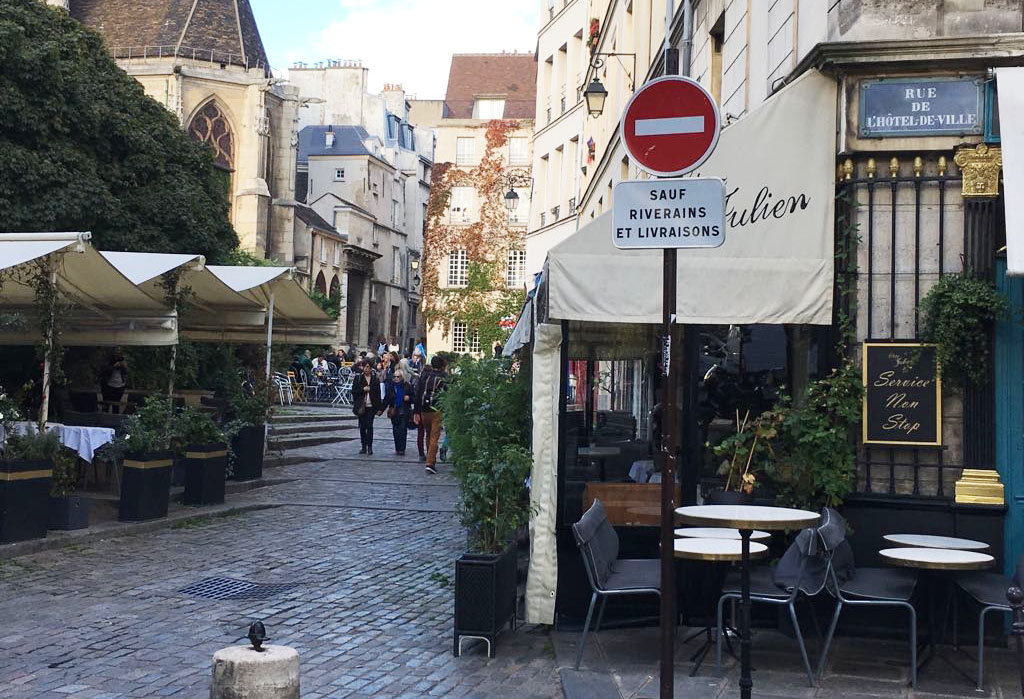
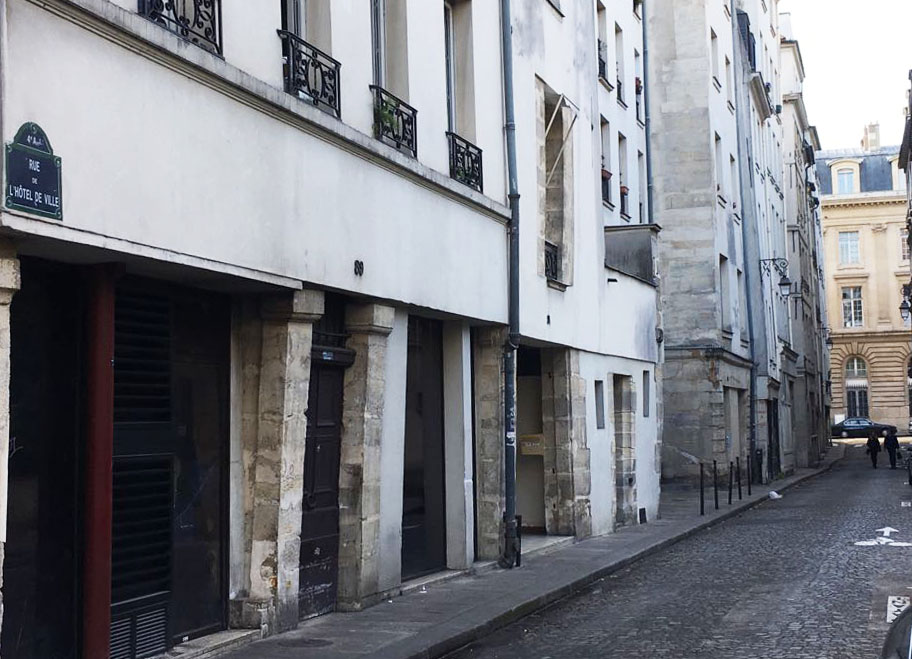
Text: Clara Mendy
Photos: ©Katia Barillot
FOR PASSIONATES OFUS
The Enfants Rouges market, everyone loves it
Restaurants, merchants, a photo store, a bookstore... This is how the Red Children's Market presents itself, unique in its kind in the Marais and its capital because it is the only one to offer such a varied and varied range of restaurants. qualitative.
The Marais Jewish quarter in Paris
From the 13th century, the Marais was home to a Jewish community which remained there until its expulsion in the 14th century. Fleeing poverty and persecution, Jews from Eastern countries and those from Alsace settled there in the 19th century. Around rue des rosiers and Place Saint-Paul renamed Pletz…
Victor Hugo, the writer with a thousand talents
Born in 1802, Victor Hugo became a social writer, a playwright, a poet, a novelist and a romantic designer. Nicknamed the man-ocean then the man-century, he is a political figure and a committed intellectual. He found success with Notre-Dame-de-Paris in 1831 and with Les Misérables in 1862.
NOW ON THE MOOD MARSH
Divine brunch at the foot of Notre-Dame
Of course, officially, it is not the Marais. But at Son de la Terre, a barge recently moored at the Montebello quay (5th), the 4th arrondissement is in sight. Moreover, this one is incredible: on one side, it is Notre-Dame flooded with sunlight; on the other, the quays, the book sellers, the walkers, the joggers.
Saka, a cocktail bar like in Tokyo
Here is an address which gives the measure of the transformation of the Marais. And it's enough to silence the grumpy people whose mantra is: “It was better before…” No, everything was not better “before” in the Marais. Besides, there was no American bar like Saka, which cultivates a form of excellence that can only be found in Japan.
Jazz at 38Riv: The highlights of May
The only jazz club in the Marais, 38Riv is the temple of cool and swing. Rue de Rivoli, between Saint-Paul and Hôtel de Ville, its vaulted cellars are the home base of the new jazz scene. Every evening, the magic happens.

